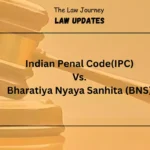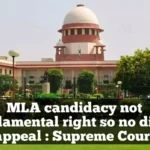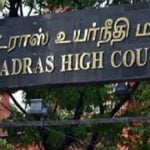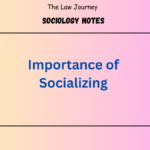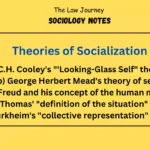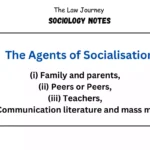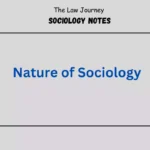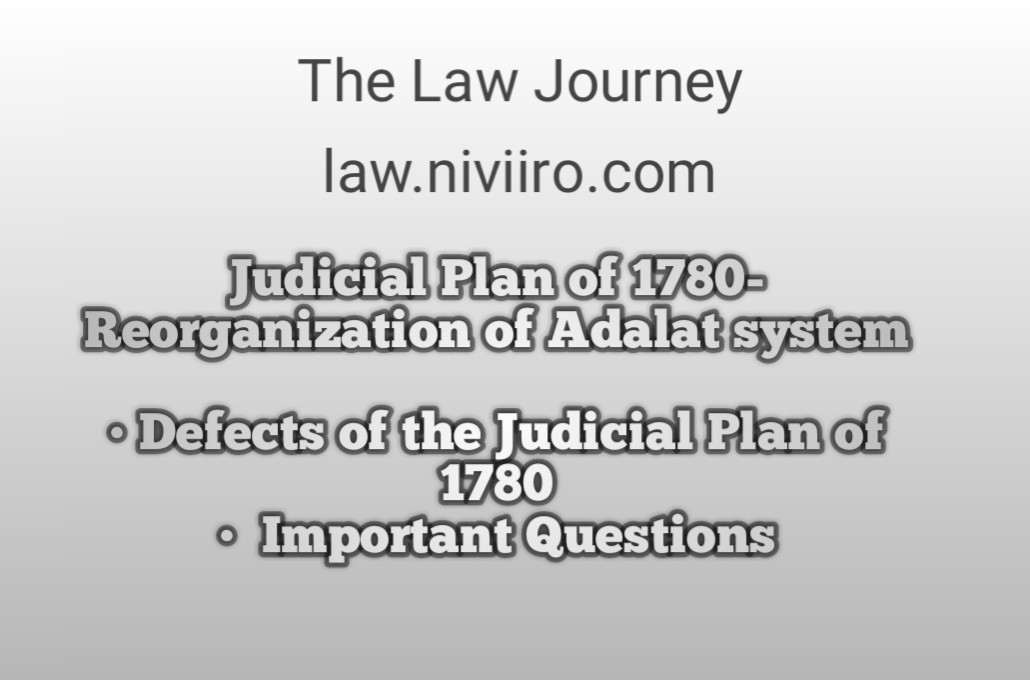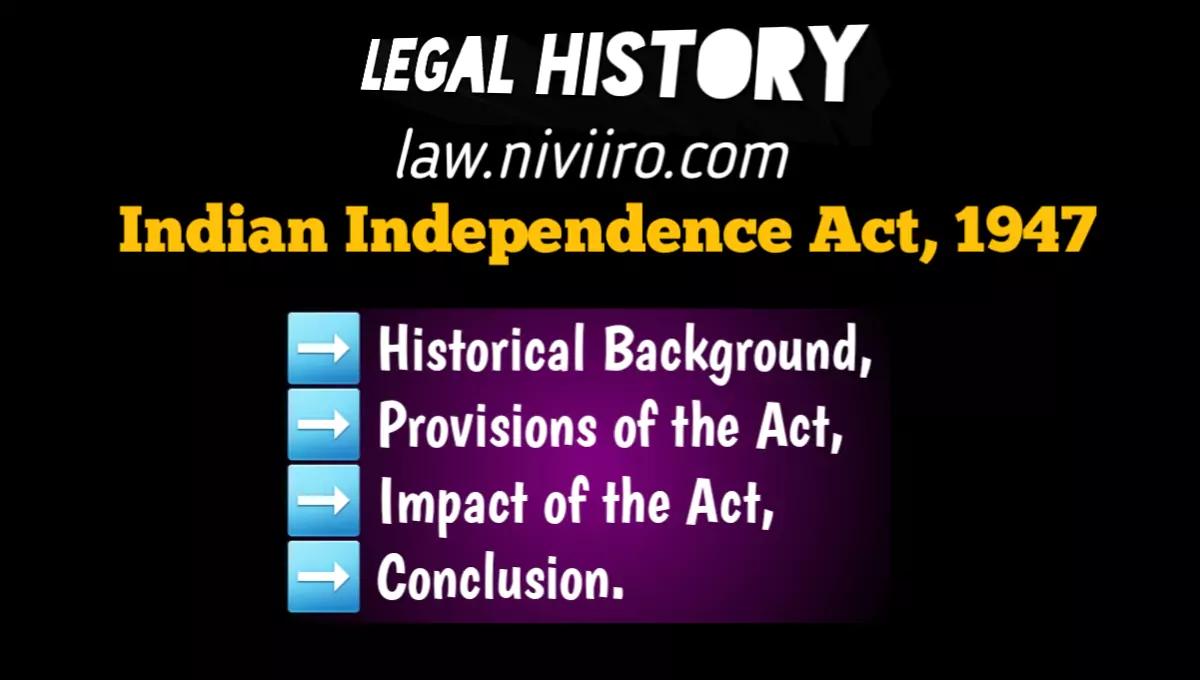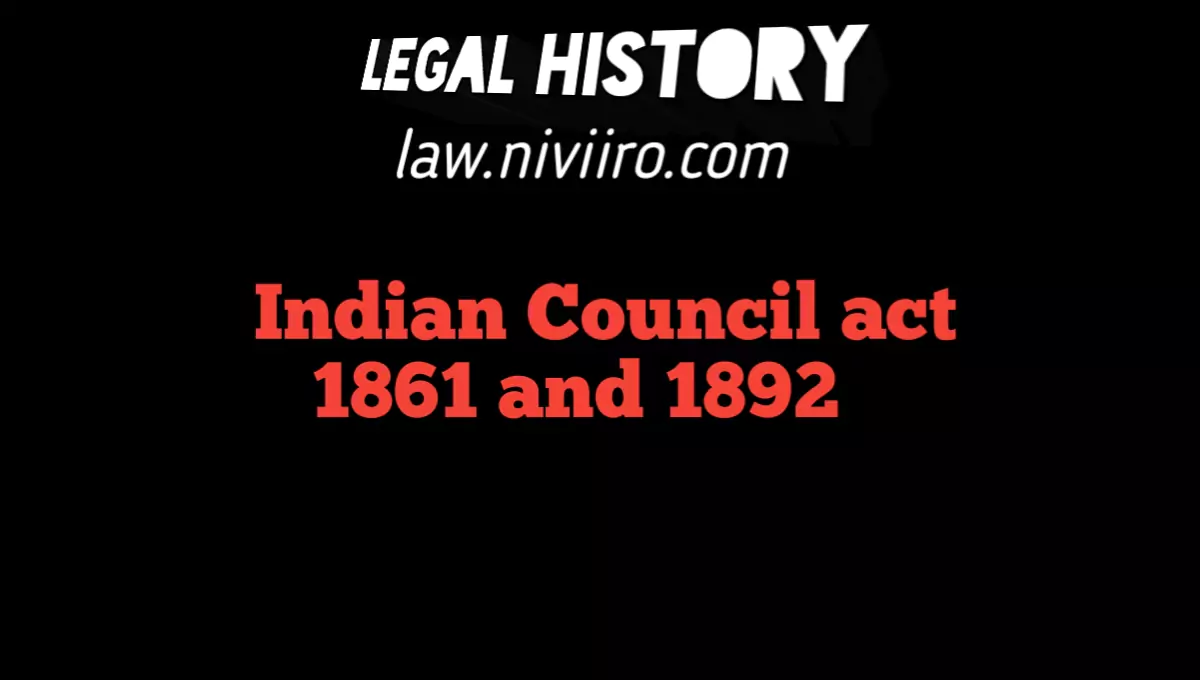Judicial Plan of 1780,Warren Hastings knew that the judicial plan of 1774 was not correct, and when Warren Hastings had a chance again, he changed the judicial plan of 1774. The new plan was introduced in 1780.
The main feature of the Hastings Judicial Plan of 1780 was the separation of judicial work from revenue collection. A diwani Adalat was established in each of the 6 divisions of Calcutta, Patna, Murshidabad, Burdwan, Dacca and Dinapur.
It was headed by an English servant of the Company known as the Superintendent. He was appointed by the Governor and the Council. The court had to sit at least thrice a week and all the matters here were in an open court. Appeals from this court used to go to the Sadar Diwani Adalat for cases exceeding Rs 1000.
Defects of the Judicial Plan of 1780 | Judicial Plan of 1780
1. There was only one court in the whole of Bihar as a result of which the territorial. jurisdiction of each court became very wide.
2. The superintendent of the civil court was appointed from among the very junior servant companies. He had no legal background and legal knowledge.
3. The quality of justice administered by them was not good at that time.
Related Post
Important Questions | Judicial Plan of 1780
When and by whom was the Judicial Scheme launched in 1780 ?
in 1780 the Judicial Scheme launched by Warren Hastings.
What was the main feature of the act 1780 ?
The main feature of the Hastings Judicial Plan of 1780 was the separation of judicial work from revenue collection.
Mention any two defects of Warren Hastings Judicial Plan of 1780 ?
1. There was only one court in the whole of Bihar as a result of which the territorial. jurisdiction of each court became very wide.
2. The superintendent of the civil court was appointed from among the very junior servant companies. He had no legal background and legal knowledge.
Refrences Book
- V.D. Kulshrestha, Landmarks in Indian Legal History
- Indian legal and constitutional history by Dr. N. V. Paranjape
- M. Rama Jois, Legal and Constitutional History of India
- M.P. Jain, Outlines of India Legal History
- A.B. Keith, Constitutional History of India
- Rankin G.C. Background to Indian Law

